When it comes to designing your home, the living room and dining room are two of the most important spaces. These are the areas where you entertain guests, relax with family, and enjoy meals together. So, it's no surprise that many homeowners want to create a cohesive look between these two rooms. But should your living room and dining room match? Let's explore the pros and cons of coordinating these spaces and how to do it effectively.Matching Living Room and Dining Room Decor
One of the easiest ways to create a unified look between your living room and dining room is by using a similar color scheme. This doesn't mean that everything has to match perfectly, but choosing complementary colors can tie the rooms together and create a cohesive flow. For example, if your living room has a bold red accent wall, consider incorporating touches of red in your dining room decor, such as a red rug or throw pillows.How to Coordinate Your Living Room and Dining Room
Another way to create a cohesive look between your living room and dining room is by using similar furniture styles. This doesn't mean that you have to have identical pieces in both rooms, but choosing pieces that have a similar aesthetic can help tie the spaces together. For instance, if your living room has a modern vibe with clean lines and neutral colors, consider incorporating a modern dining table and chairs with similar features.Creating a Cohesive Look: Living Room and Dining Room
While having the same color scheme in both rooms can create a cohesive look, it's not a must. It's important to consider the overall style and flow of your home when deciding on a color scheme for these rooms. You may want to choose different color schemes for each room if they have different functions or if you want to showcase different decor styles. Just be sure to tie the rooms together in some way, whether it's through a similar color or design element.Should Your Living Room and Dining Room Have the Same Color Scheme?
Creating a unified space between your living room and dining room doesn't mean that they have to be identical. In fact, it's important to add some variety and personalization to each room. The key is to find elements that tie the rooms together, whether it's through color, furniture styles, or design elements. This will create a cohesive flow and make your home feel like a complete and well-designed space.Designing a Unified Space: Living Room and Dining Room
If you want to coordinate your living room and dining room, but don't want them to match completely, here are a few tips to keep in mind when choosing furniture:Tips for Choosing Complementary Living Room and Dining Room Furniture
For smaller homes or apartments, combining your living room and dining room can be a great way to maximize space. This can also create a more functional and open layout for entertaining. When combining these rooms, it's important to create a visual separation between the two areas. This can be done through furniture placement, area rugs, or even using different wall colors.Maximizing Space: Combining Your Living Room and Dining Room
As with any design decision, there are pros and cons to matching your living room and dining room decor:Pros and Cons of Matching Living Room and Dining Room Decor
If you want to incorporate different styles in your living room and dining room, it's important to find a balance between the two. Here are a few ways to do this:How to Incorporate Different Styles in Your Living Room and Dining Room
No matter if you choose to match your living room and dining room or incorporate different styles, it's important to create a flow between the two spaces. This can be achieved through design elements like color, furniture placement, and decor. It's also important to consider the overall style and flow of your home to ensure that the living room and dining room tie in with the rest of your space. In conclusion, there is no right or wrong answer when it comes to whether your living room and dining room should match. It ultimately comes down to personal preference and what works best for your home. Just remember to find ways to tie the rooms together, whether it's through color, furniture, or design elements, to create a cohesive and well-designed space.Creating a Flow: Connecting Your Living Room and Dining Room Design
The Benefits of Matching Your Living Room and Dining Room
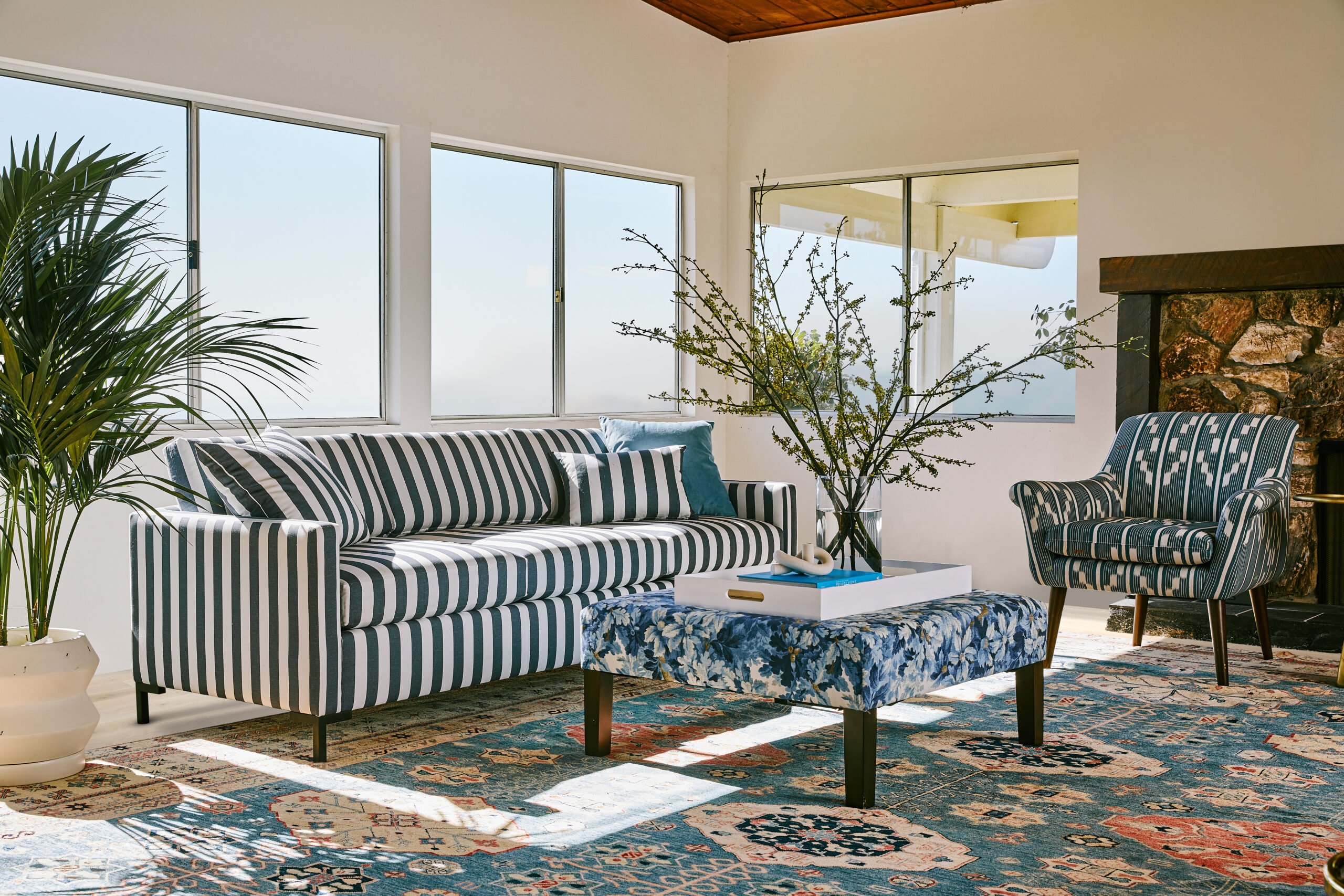
Creating a Cohesive and Harmonious Space
 One of the main reasons why matching your living room and dining room is beneficial is because it creates a cohesive and harmonious space. When the design and color schemes of these two rooms complement each other, it creates a sense of flow and continuity in your home. This can make your space feel more put-together and aesthetically pleasing.
One of the main reasons why matching your living room and dining room is beneficial is because it creates a cohesive and harmonious space. When the design and color schemes of these two rooms complement each other, it creates a sense of flow and continuity in your home. This can make your space feel more put-together and aesthetically pleasing.
Maximizing Space and Functionality
 Another benefit of matching your living room and dining room is that it can maximize the space and functionality of these areas. By having a cohesive design, you can avoid clutter and create a more open and spacious feel. This is especially important for smaller homes where every inch of space counts. Matching furniture also allows for easier movement and flow between the two rooms, making it more functional for everyday use and entertaining guests.
Another benefit of matching your living room and dining room is that it can maximize the space and functionality of these areas. By having a cohesive design, you can avoid clutter and create a more open and spacious feel. This is especially important for smaller homes where every inch of space counts. Matching furniture also allows for easier movement and flow between the two rooms, making it more functional for everyday use and entertaining guests.
Increase Resale Value
:max_bytes(150000):strip_icc()/GettyImages-532845088-cf6348ce9202422fabc98a7258182c86.jpg) Matching your living room and dining room can also increase the resale value of your home. When potential buyers walk into a home with a cohesive and well-designed living and dining space, it can leave a lasting impression. This can make your home more attractive and desirable, potentially leading to a higher selling price in the future.
Matching your living room and dining room can also increase the resale value of your home. When potential buyers walk into a home with a cohesive and well-designed living and dining space, it can leave a lasting impression. This can make your home more attractive and desirable, potentially leading to a higher selling price in the future.
Creating a Timeless Design
:max_bytes(150000):strip_icc()/orestudios_central_district_th_13-a414c78d68cb4563871730b8b69352d1.jpg) Trends come and go, but a well-matched living room and dining room will never go out of style. By choosing classic and complementary colors and furniture, you can create a timeless design that will withstand the test of time. This means you won't have to constantly update and redecorate these rooms, saving you time and money in the long run.
Trends come and go, but a well-matched living room and dining room will never go out of style. By choosing classic and complementary colors and furniture, you can create a timeless design that will withstand the test of time. This means you won't have to constantly update and redecorate these rooms, saving you time and money in the long run.
Personalization and Flexibility
 While matching your living room and dining room can create a cohesive look, it doesn't mean that they have to be identical. In fact, matching these rooms can give you the freedom to personalize and add your own unique touch to each space. By using similar color schemes and coordinating furniture, you can still create a cohesive look while incorporating your own personal style into the design.
While matching your living room and dining room can create a cohesive look, it doesn't mean that they have to be identical. In fact, matching these rooms can give you the freedom to personalize and add your own unique touch to each space. By using similar color schemes and coordinating furniture, you can still create a cohesive look while incorporating your own personal style into the design.
Conclusion
:max_bytes(150000):strip_icc()/orestudios_laurelhurst_tudor_03-1-652df94cec7445629a927eaf91991aad.jpg) In conclusion, matching your living room and dining room can have numerous benefits, including creating a cohesive and harmonious space, maximizing functionality and space, increasing resale value, creating a timeless design, and allowing for personalization and flexibility. So next time you're considering redecorating, consider matching these two important rooms in your home for a polished and put-together look.
In conclusion, matching your living room and dining room can have numerous benefits, including creating a cohesive and harmonious space, maximizing functionality and space, increasing resale value, creating a timeless design, and allowing for personalization and flexibility. So next time you're considering redecorating, consider matching these two important rooms in your home for a polished and put-together look.





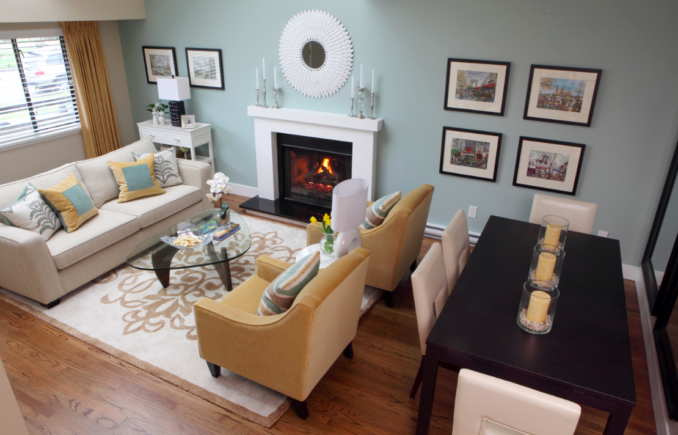
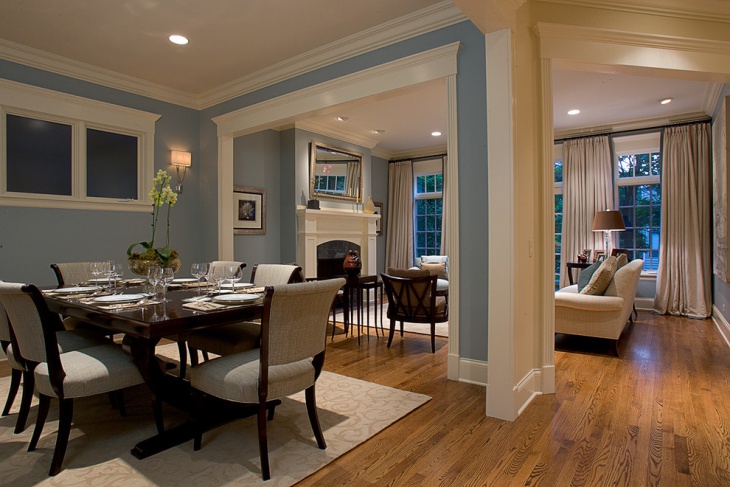
/orestudios_laurelhurst_tudor_03-1-652df94cec7445629a927eaf91991aad.jpg)






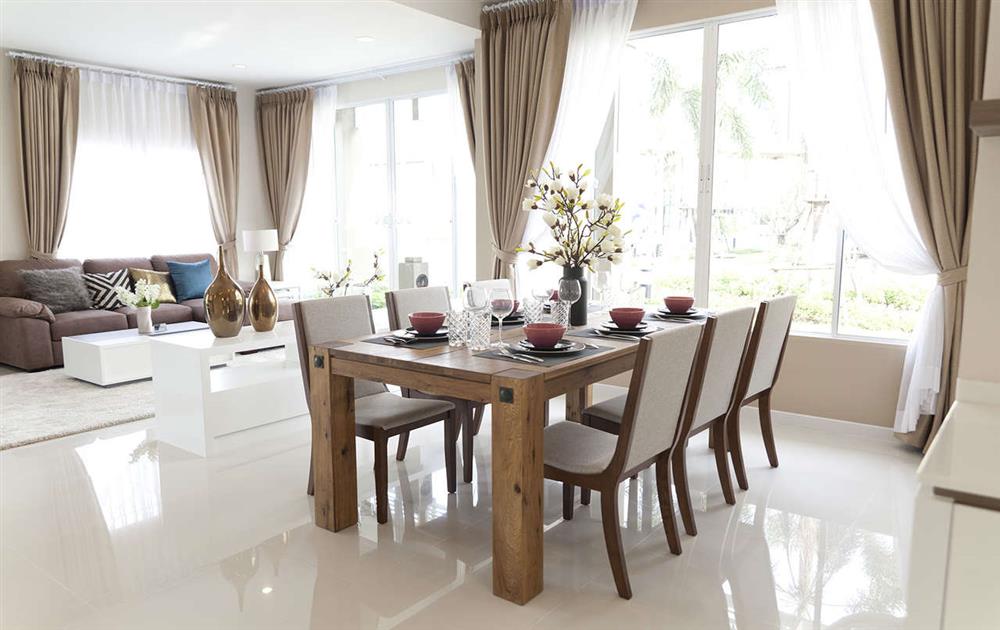
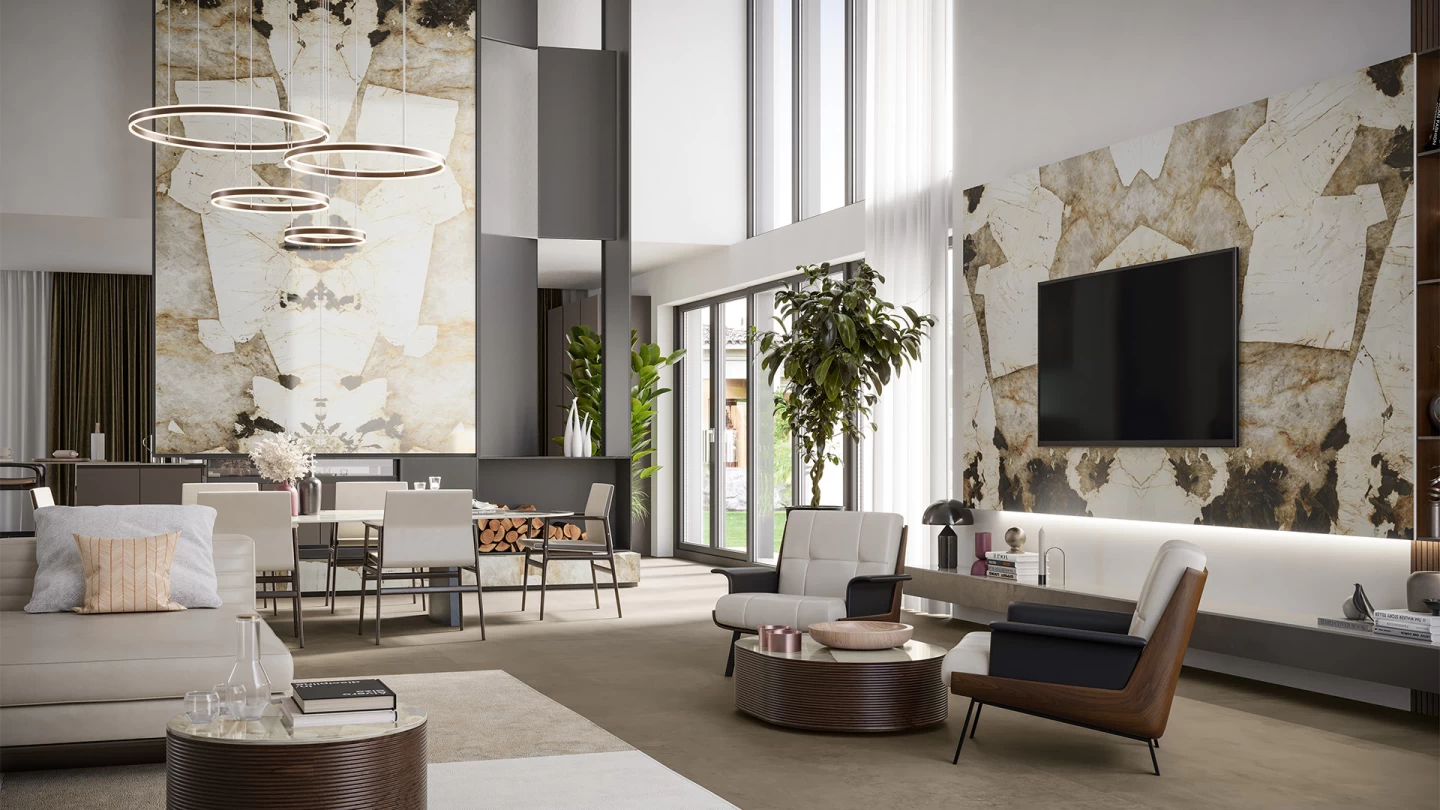





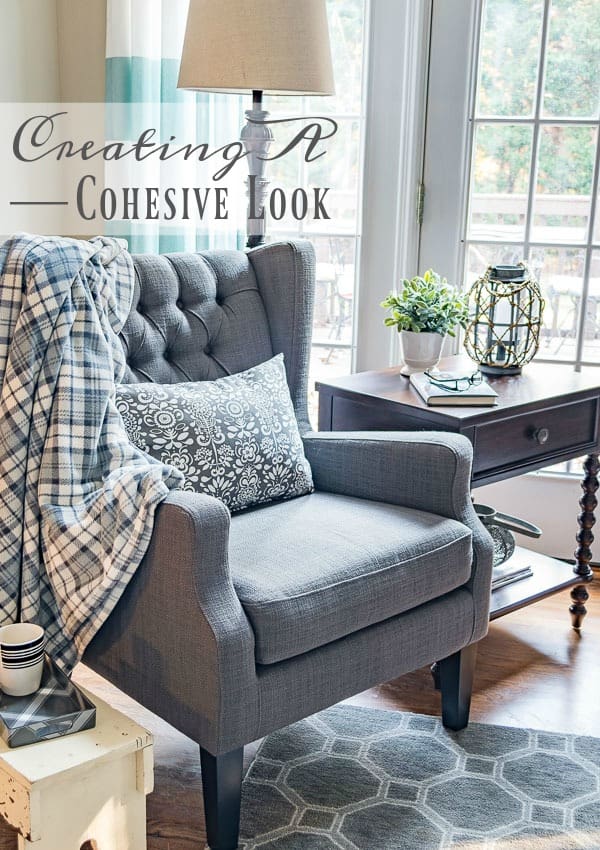





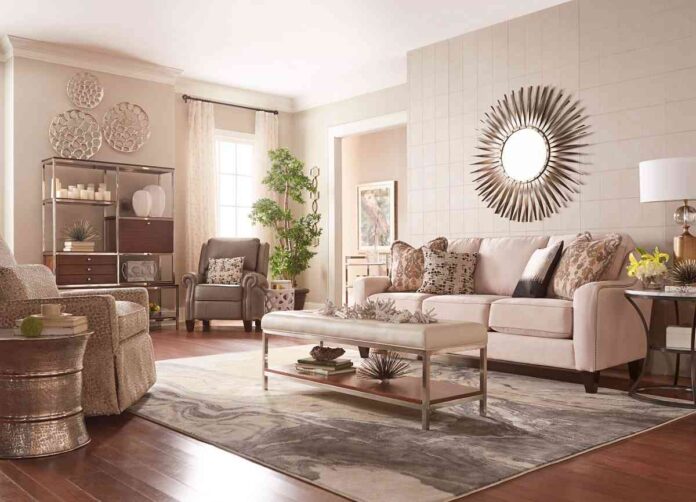
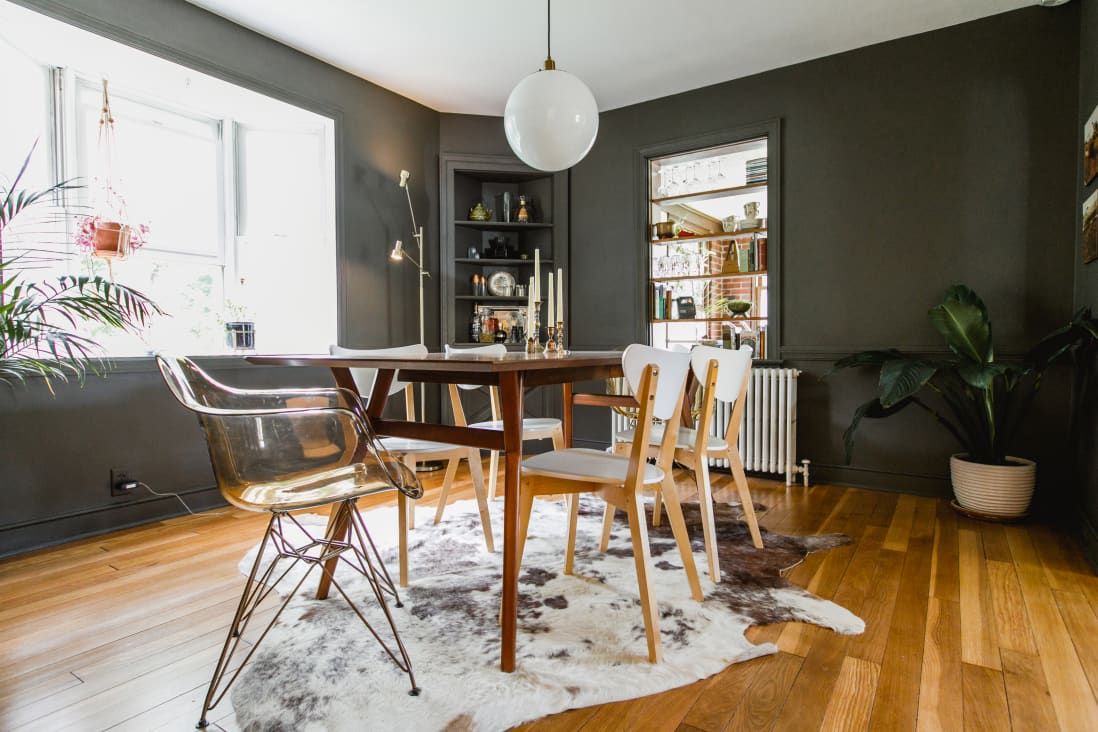




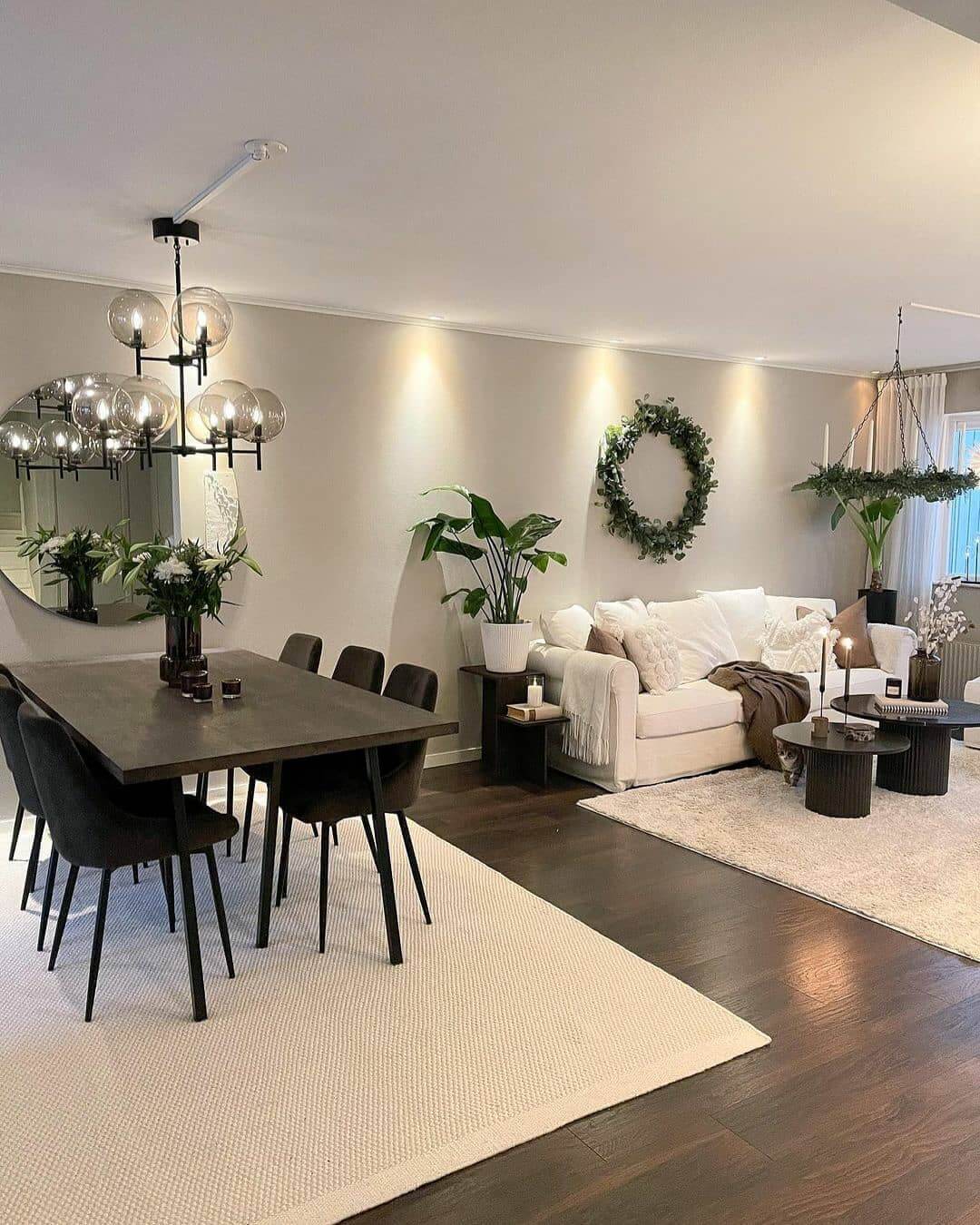








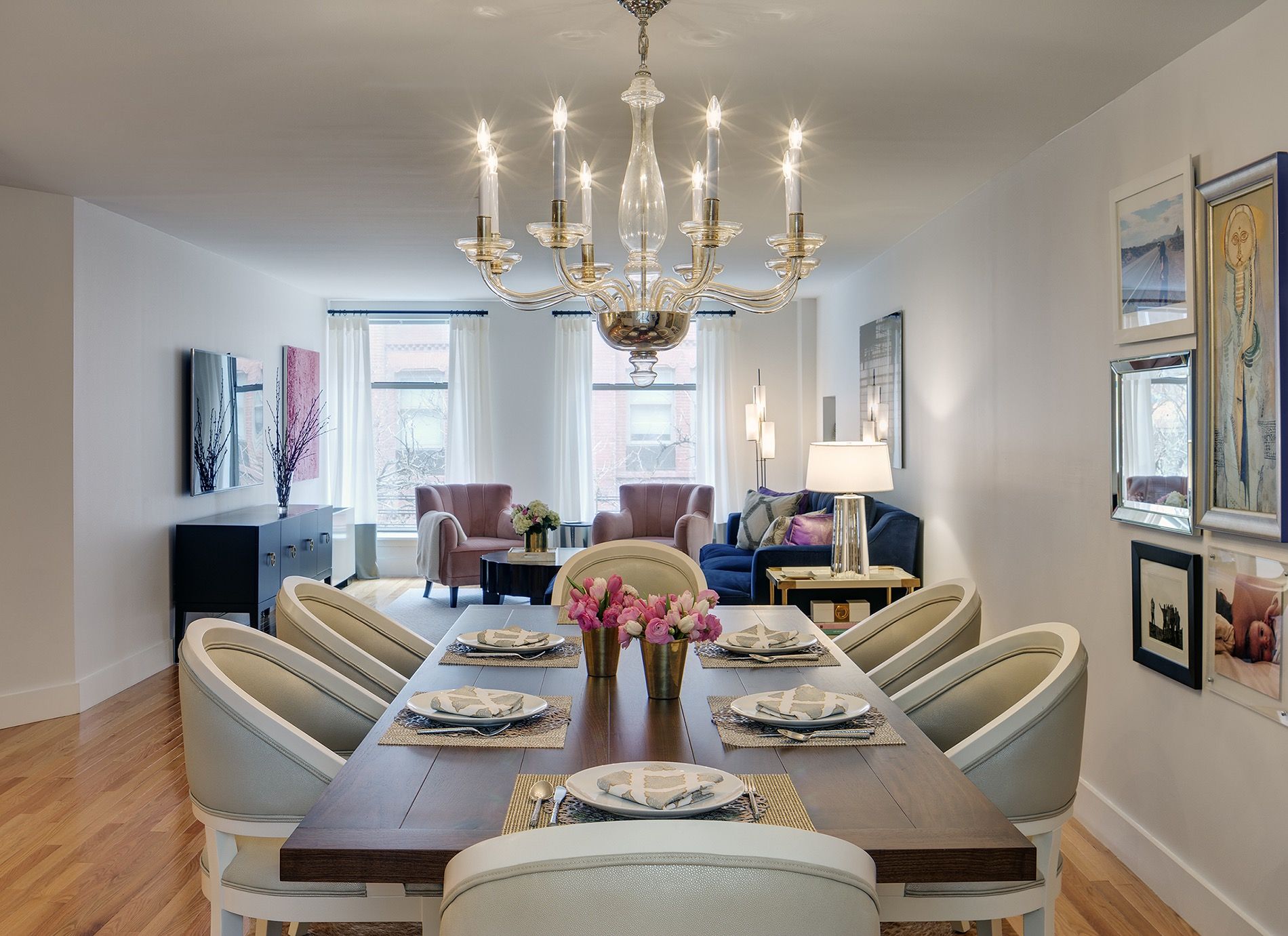
















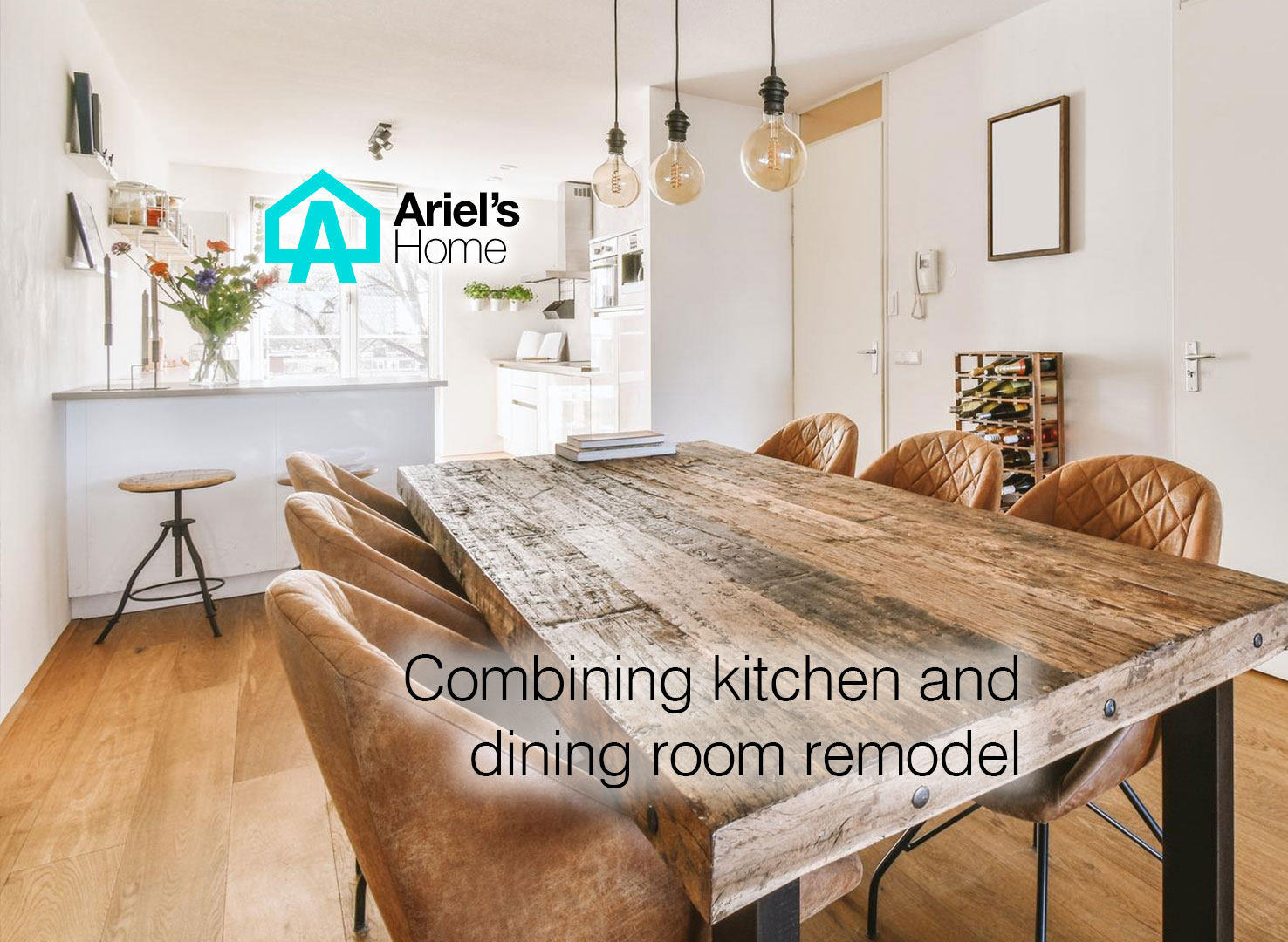

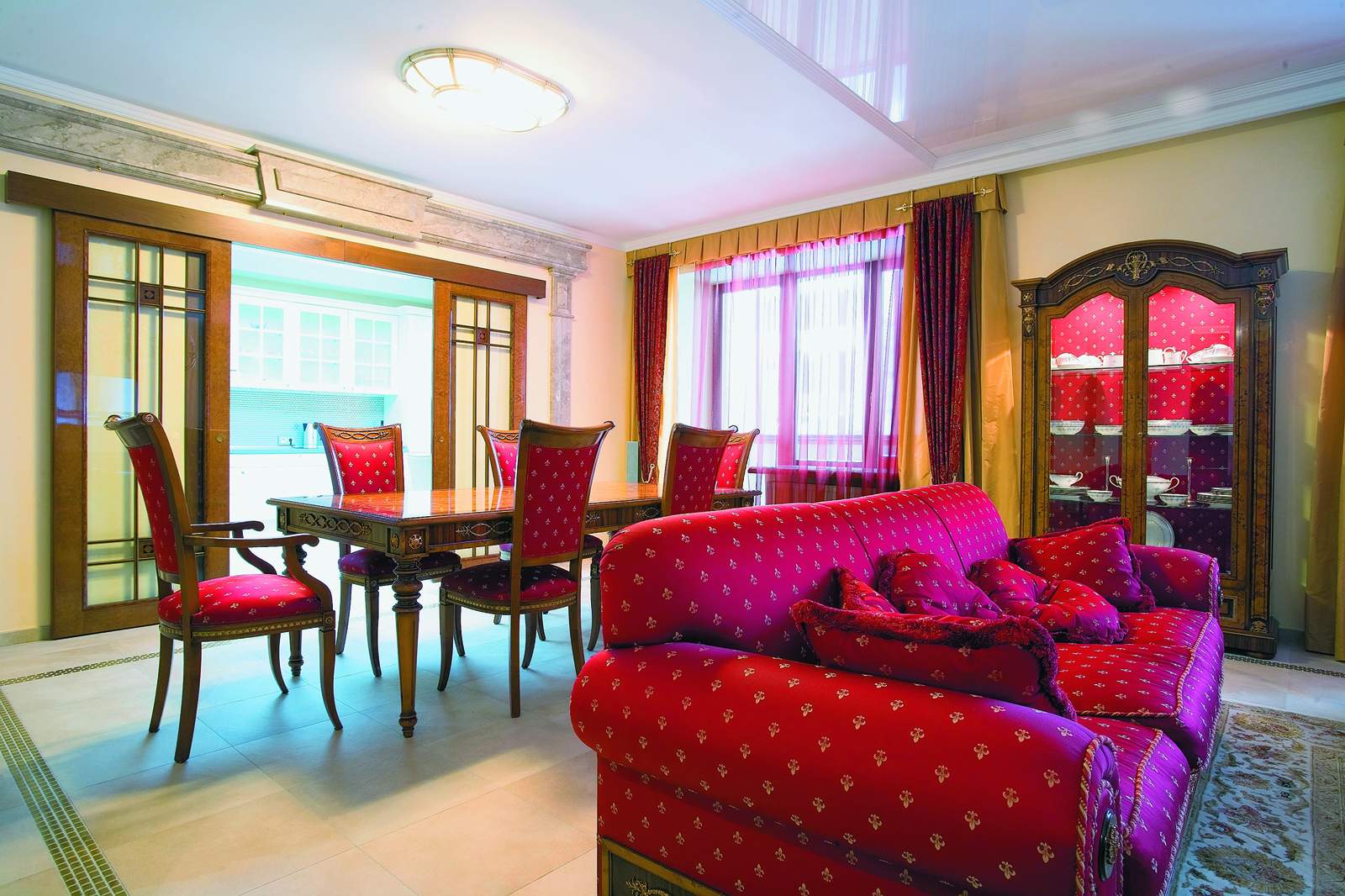


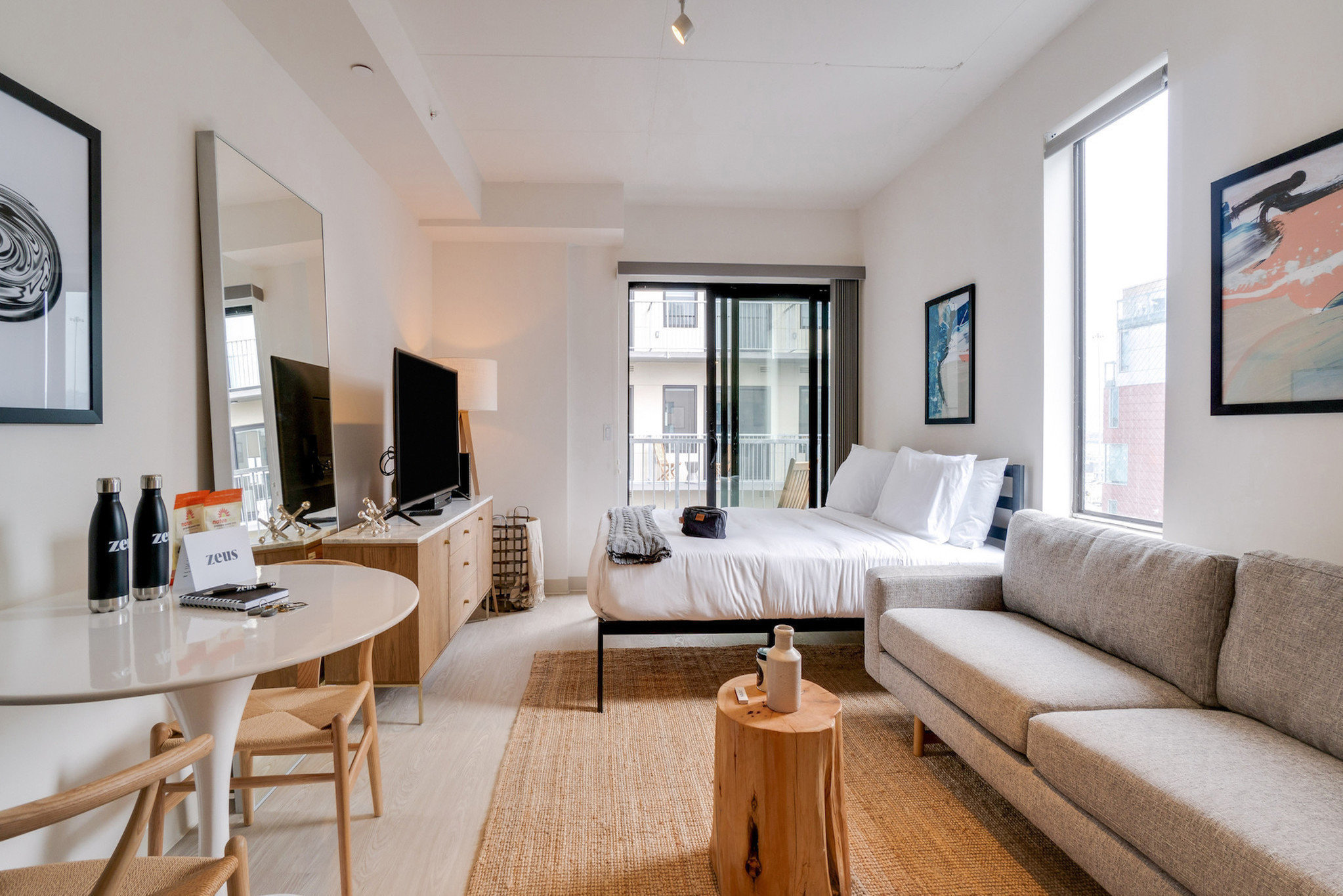



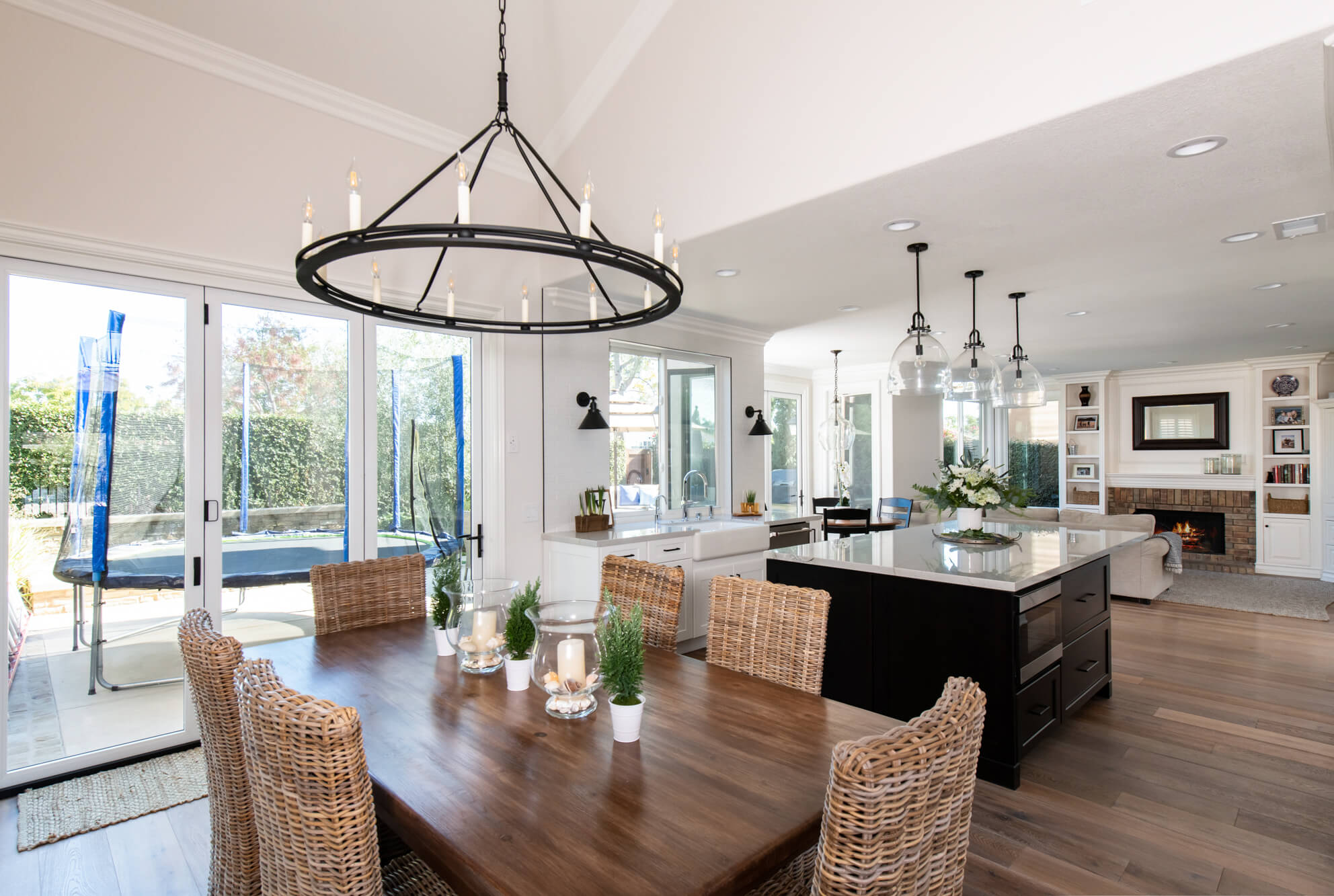





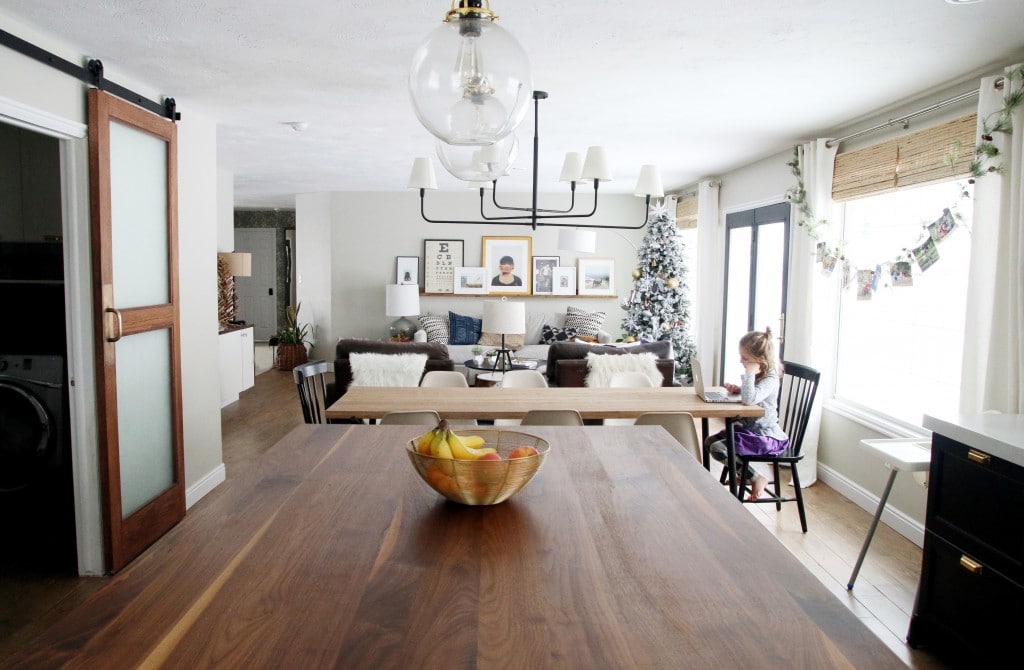


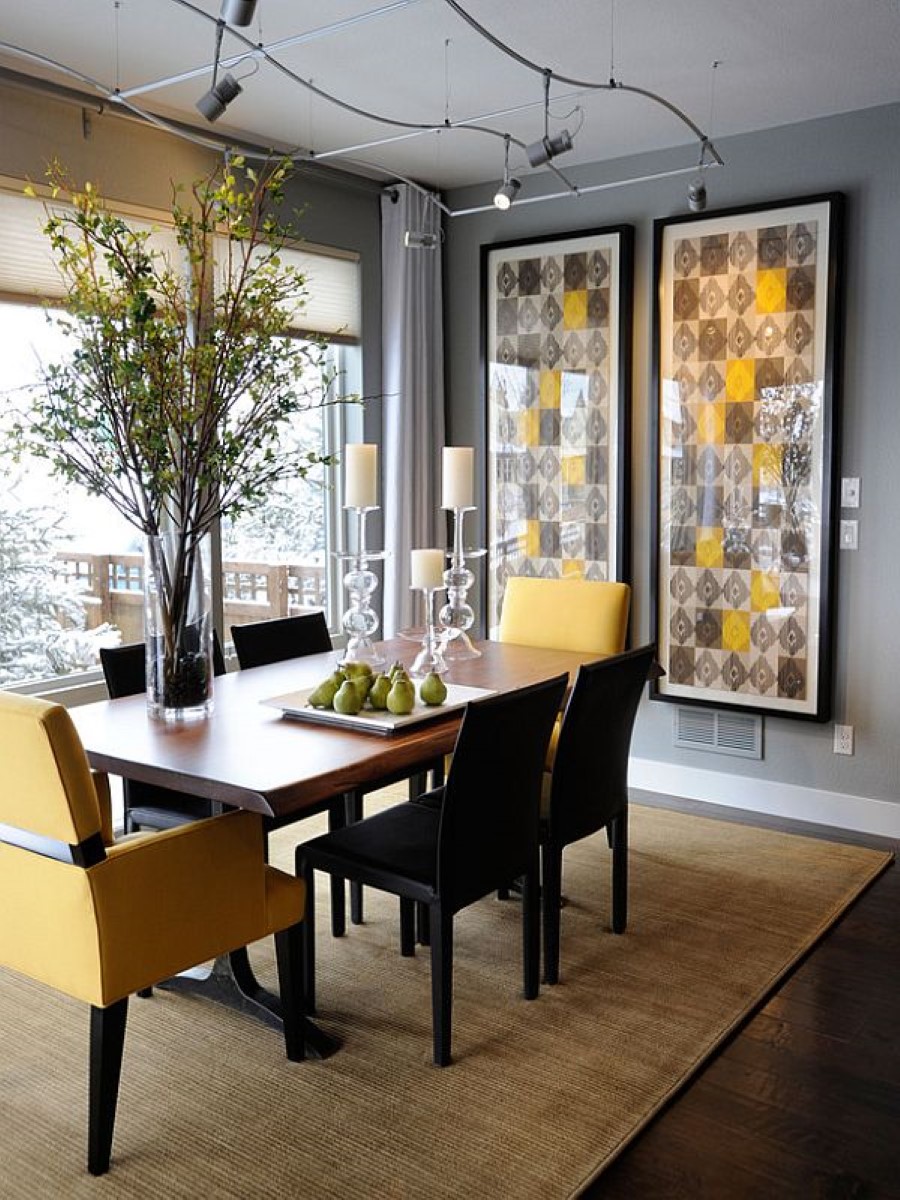


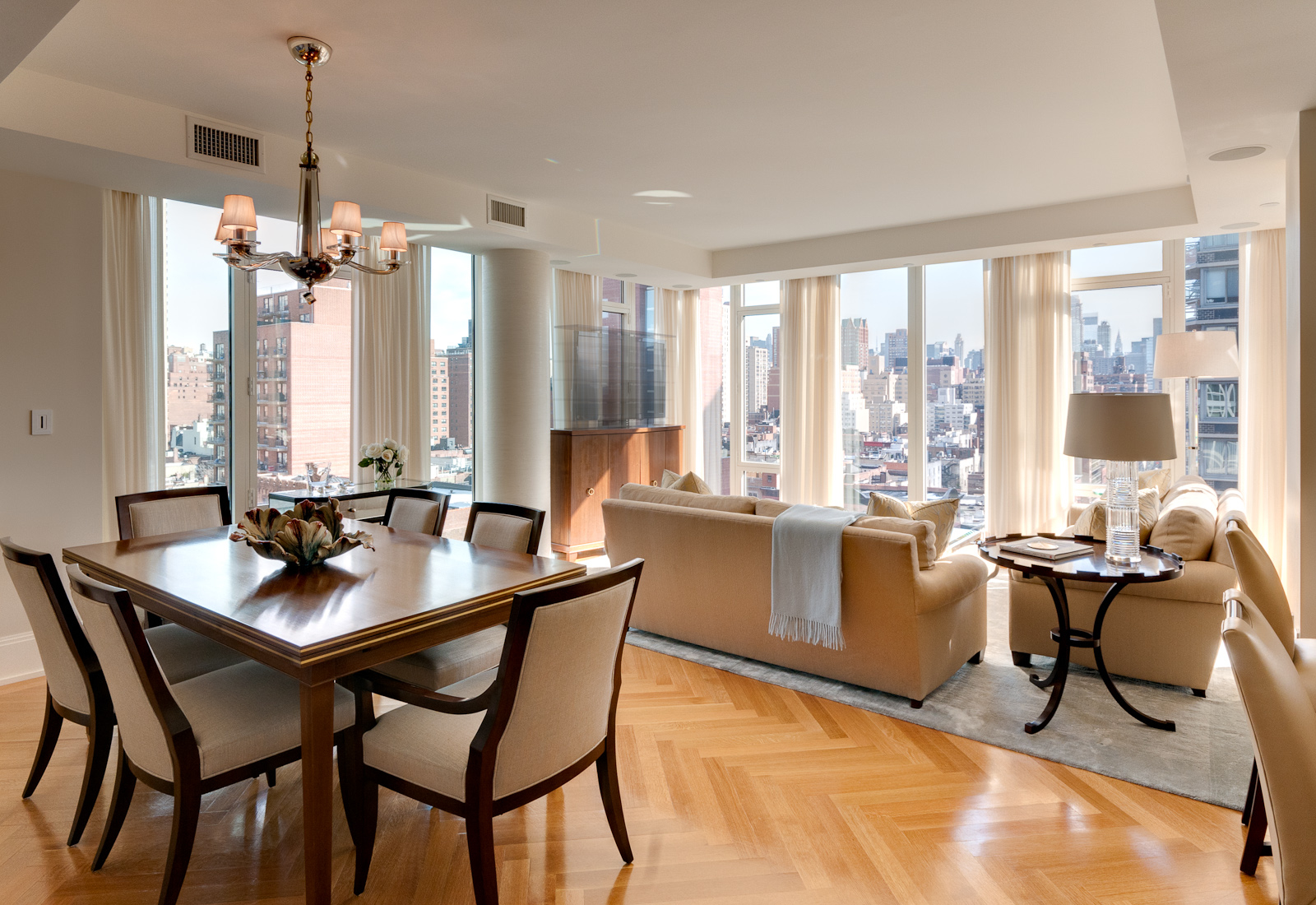
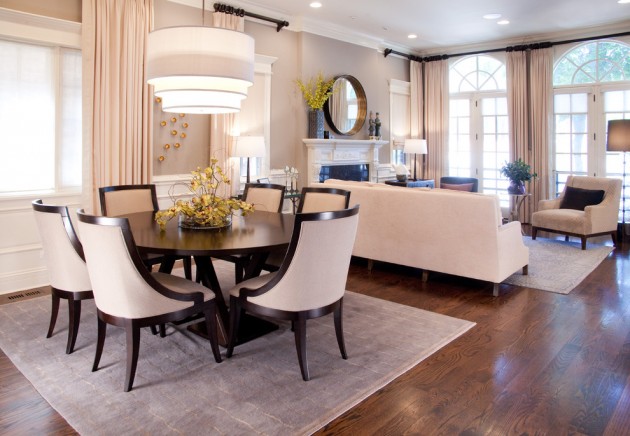







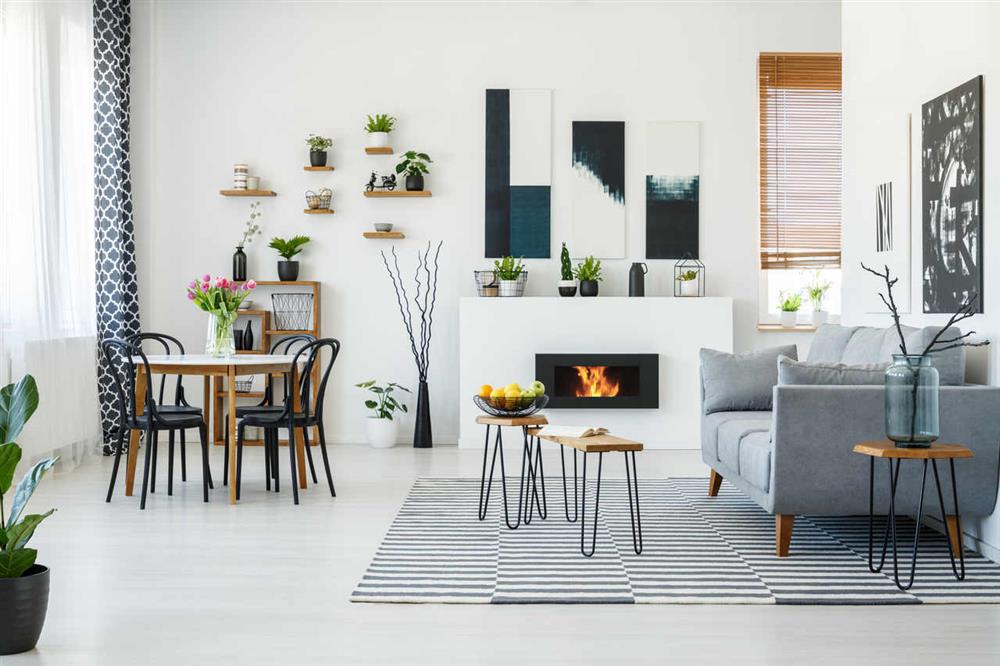
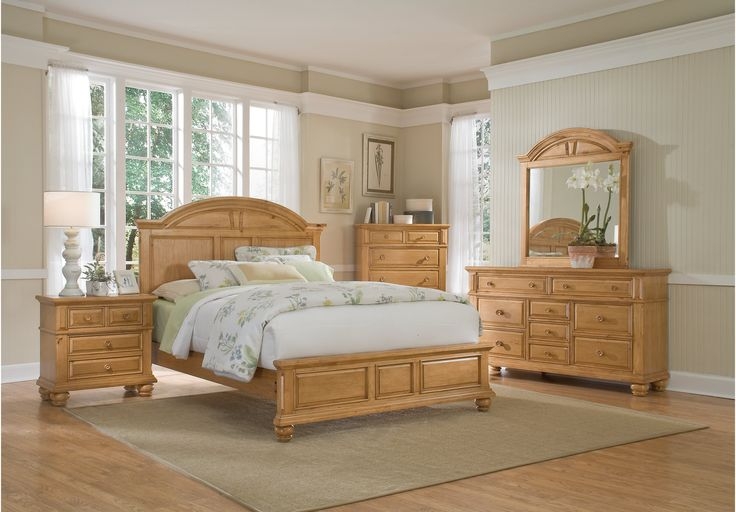

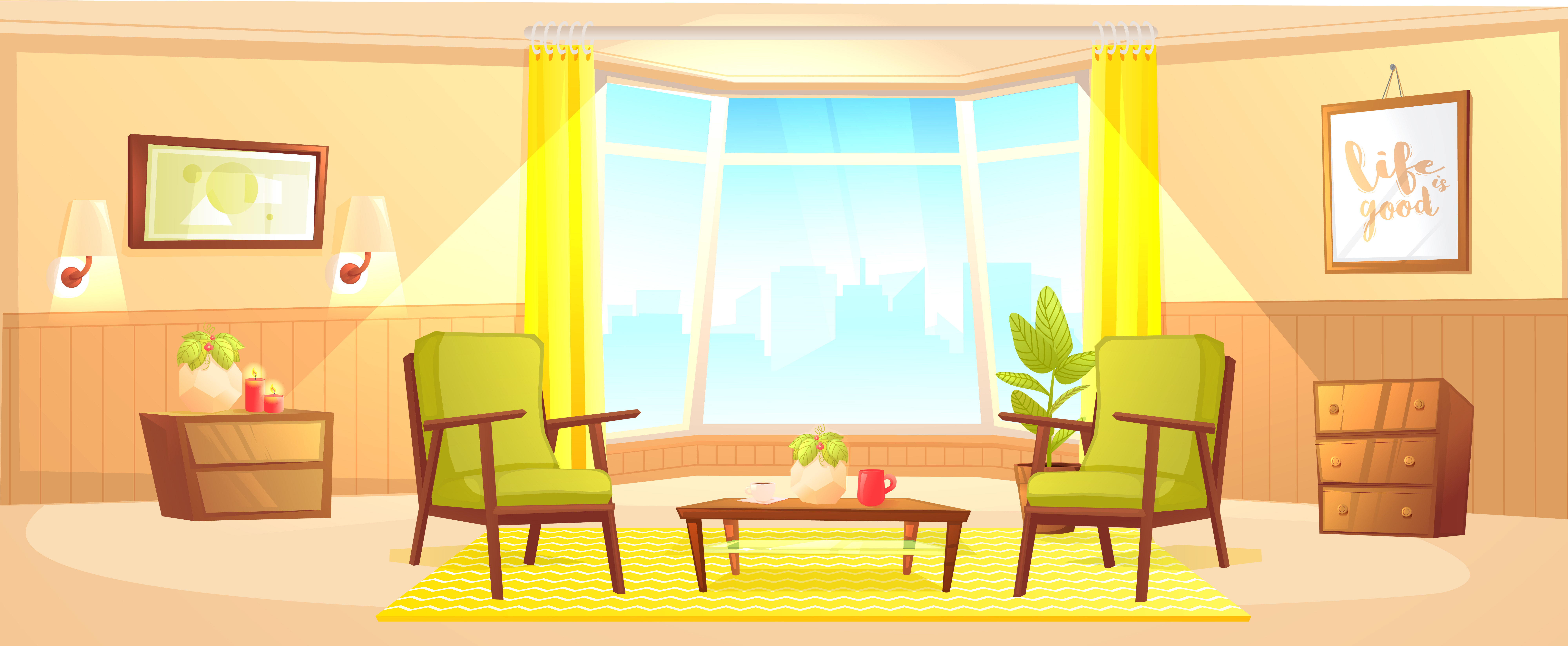
/AmerisleepAS212MemoryFoamMattress-5b561615c9e77c0037154c99.jpg)


